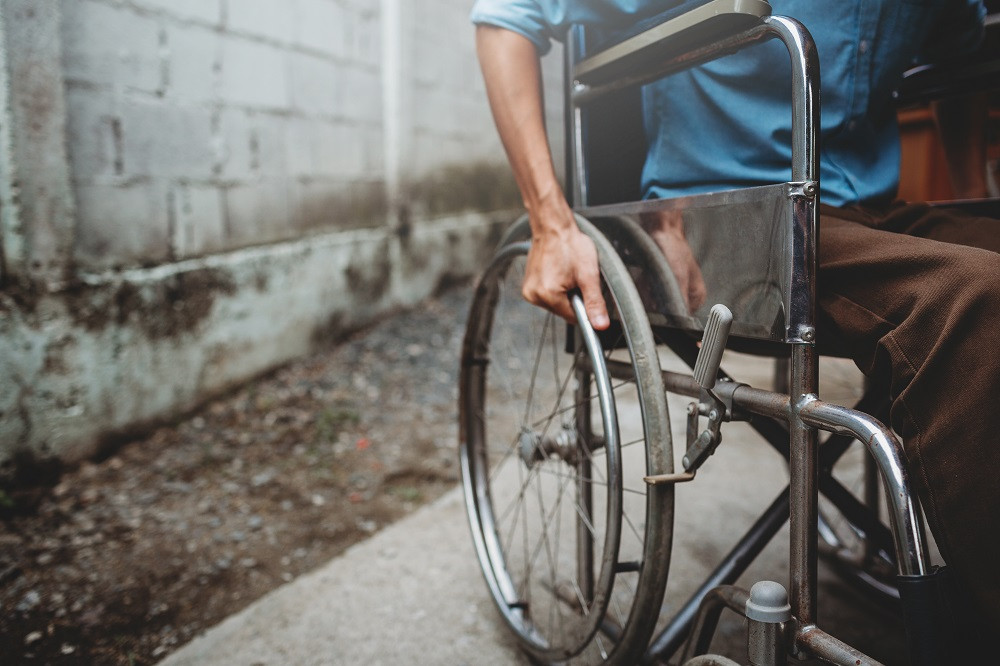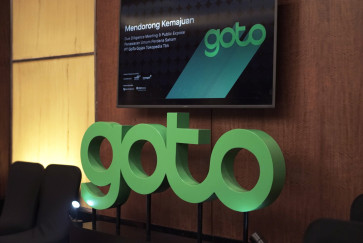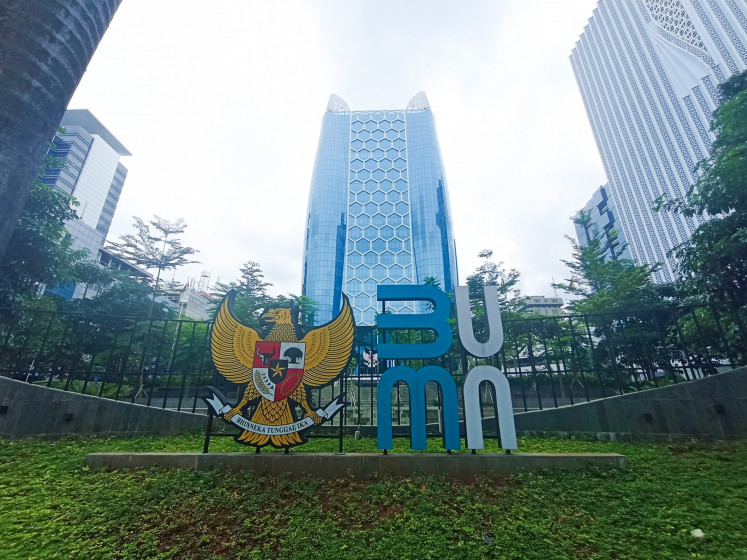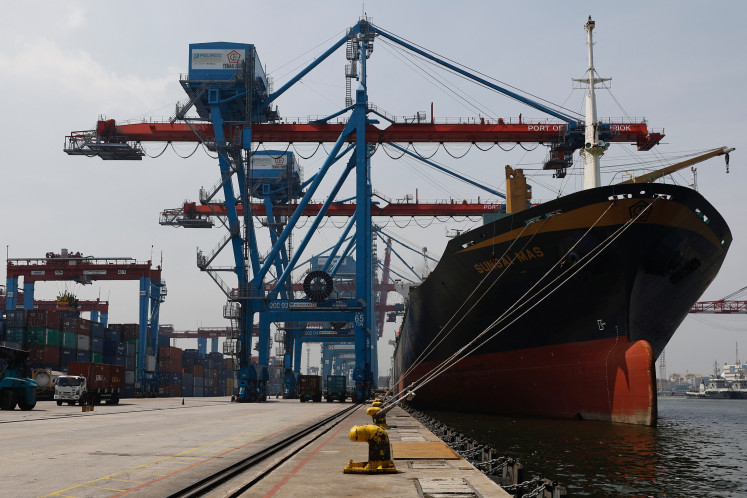COVID-19 economic woes disproportionately affect people with disabilities
Change text size
Gift Premium Articles
to Anyone

W
hile the COVID-19 pandemic has affected almost all parts of society, it has deeply impacted people with disabilities, many of whom have been dragged closer to the poverty line as the ongoing crisis severely reduces their income.
Saidah, 45, and her 49-year-old husband Rochim, both of whom are visually impaired, are among those whose income has significantly declined due to COVID-19 as they worked as masseuses before the pandemic.
As the pandemic led people to impose physical-distancing measures, Saidah and Rochim’s massage work fell off drastically, thus reducing their monthly income from around Rp 4.5 million (US$311) per month before the pandemic to less than Rp 1 million per month.
With their income suffering a severe blow, Saidah said the family had struggled to make ends meet.
“We can save money by eating sparingly, as long as it fills [our stomach]. But for rent and electricity, we are struggling every month," Saidah told The Jakarta Post on Aug. 19.
Saidah and Rochim hold Jakarta Disability Cards (KPDJ), which allow them to receive social assistance from the Jakarta administration. She, however, added that the aid was often disbursed late.
Read also: People with disabilities demand access to information, basic rights during pandemic
As many as 6.2 million people, 2.3 percent of the total population, were living with moderate and severe disability in Indonesia, according to the 2020 National Social and Economic Survey (Susenas), which is conducted periodically by Statistics Indonesia (BPS).
Pandemic has deep economic impact on people with disabilities
According to a survey conducted by the Indonesia Disability Network (JDI), Toward a Strong and Prosperous Indonesian Society (MAHKOTA) and Governance for Growth (KOMPAK) – the latter two are Australian government-funded development programs in Indonesia - 81 percent of people with disabilities have experienced income reduction, particularly those working in the informal sector.
The situation has plunged 41 percent of respondents below the poverty line and dragged 28 percent of respondents closer to the poverty line. The survey also revealed that 60 percent of disabled people did not have regular incomes and only 11 percent had monthly or weekly incomes.
The survey was conducted in April last year, gathering responses from 1,631 respondents in 32 provinces across the country.
Sinta Satriana, a social protection specialist from MAHKOTA, said the COVID-19 pandemic had exacerbated preexisting employment conditions for people with disabilities, the majority of whom were employed in the informal sector.
“Most people with disabilities who are employed are employed in the informal sector with low and irregular wages,” said Sinta in a webinar on Aug. 12. “This has a significant impact because they don’t have the same level of income security as those who work in the formal sector.”
Sinta also pointed out that even prior to the pandemic, people with disabilities had limited access to jobs, in part due to a lack of education and discriminatory practices in many workplaces. She quoted Susenas data that revealed that labor market participation for people with disabilities stood at 45.9 percent as of 2019, compared with 70 percent for non-disabled people over the same period.
Sinta highlighted that the COVID-19-induced economic pain had severely affected the income for people with disabilities, many of whom have higher living expenses compared with non-disabled people, and had forced them to make compromises, usually by reducing their food or health expenses to make ends meet.
Government aid response for people with disabilities
The government has identified people with disabilities as vulnerable groups that need to be supported during the pandemic and has moved to provide them with social assistance.
“Our COVID-19 response [for people with disabilities] largely is in the form of social assistance, which has yet to fully reflect our affirmative policy for disabled people,” said poverty reduction and community empowerment director of the National Development Planning Board (Bappenas), Maliki.
The Family Hope Program (PKH) and the conditional cash transfers are among two government programs that target people with disabilities and the elderly, in addition to other low-income people. Sinta of MAHKOTA said, quoting the survey’s data, that social aid coverage for people with disabilities had generally increased recently compared with pre-pandemic levels, adding that aid in the form of cash transfers was particularly effective in meeting the wide-ranging needs of disabled people.
People with disabilities are among vulnerable groups identified by the government in its latest edition of the National Action Plan for Human Rights (RANHAM), which serves as a guideline for central and regional governments in planning and implementing action or policies to “respect, protect, fulfill, uphold and advance” the rights of key groups.
Maliki of Bappenas said the government had already formulated a national action plan for people with disabilities, which includes key targets such as expanding healthcare access to such people.









